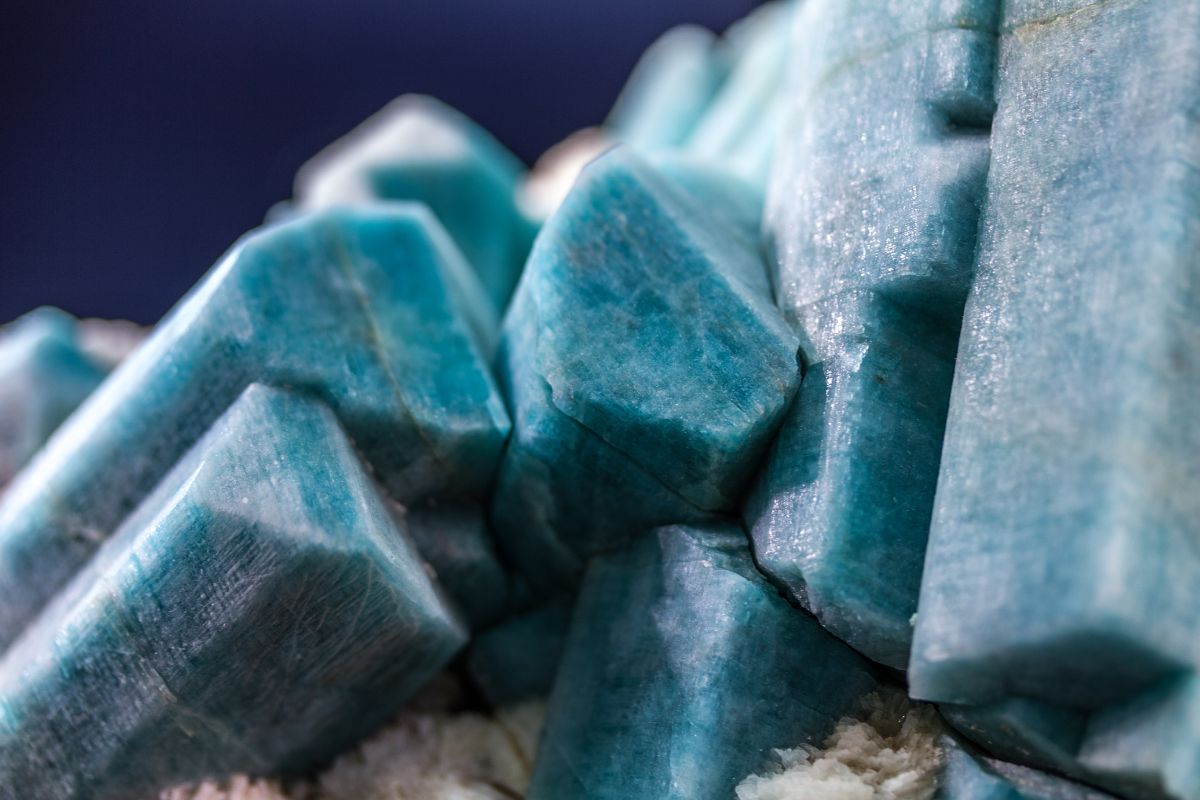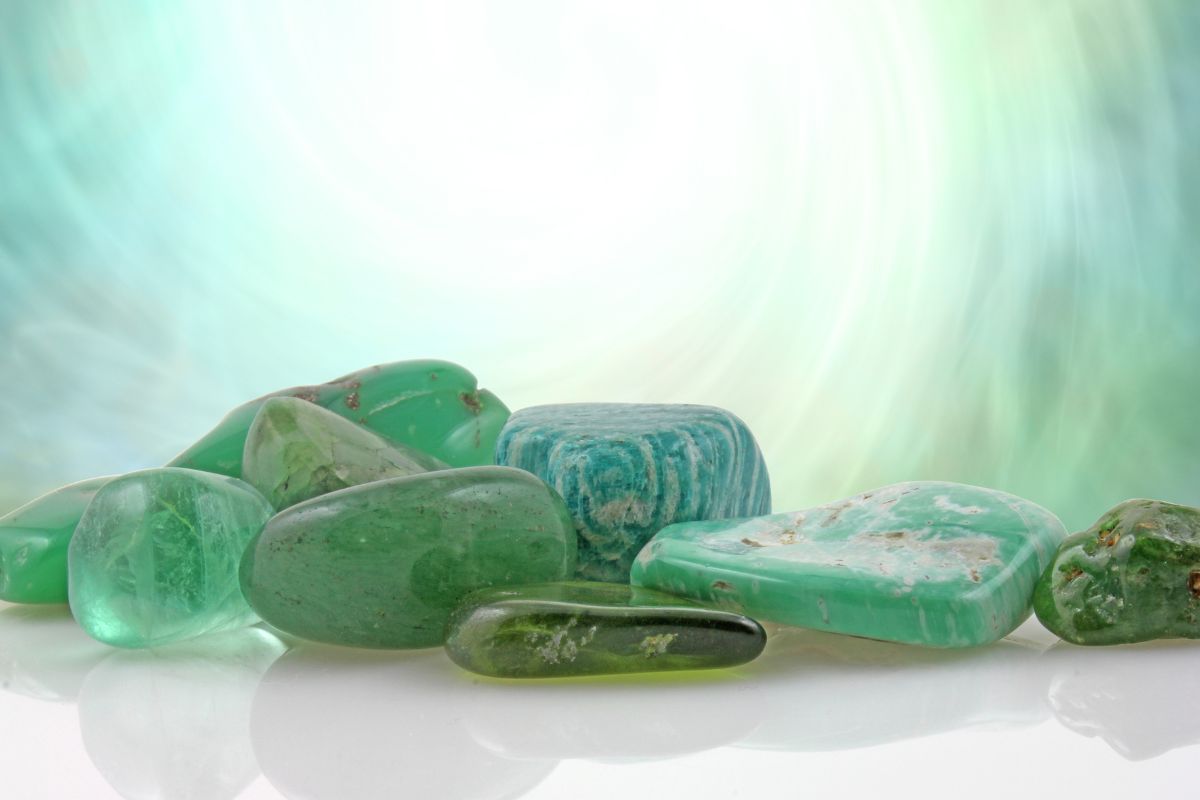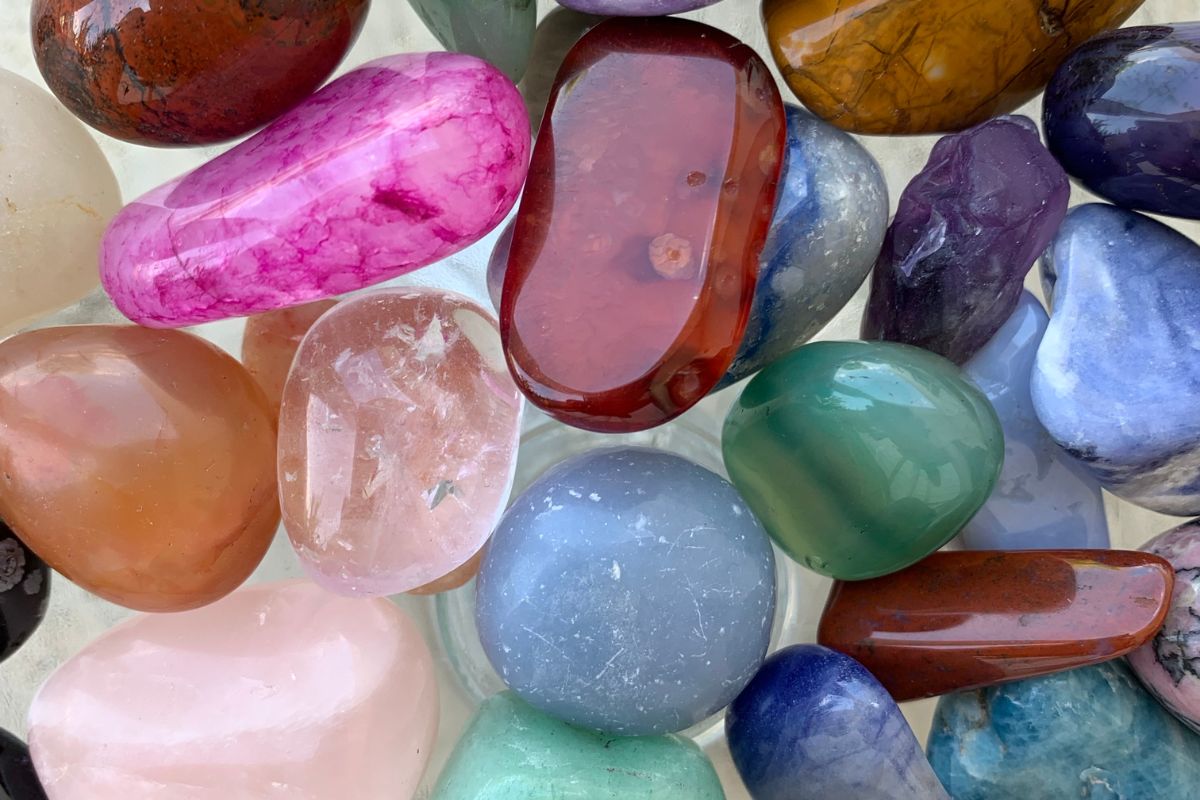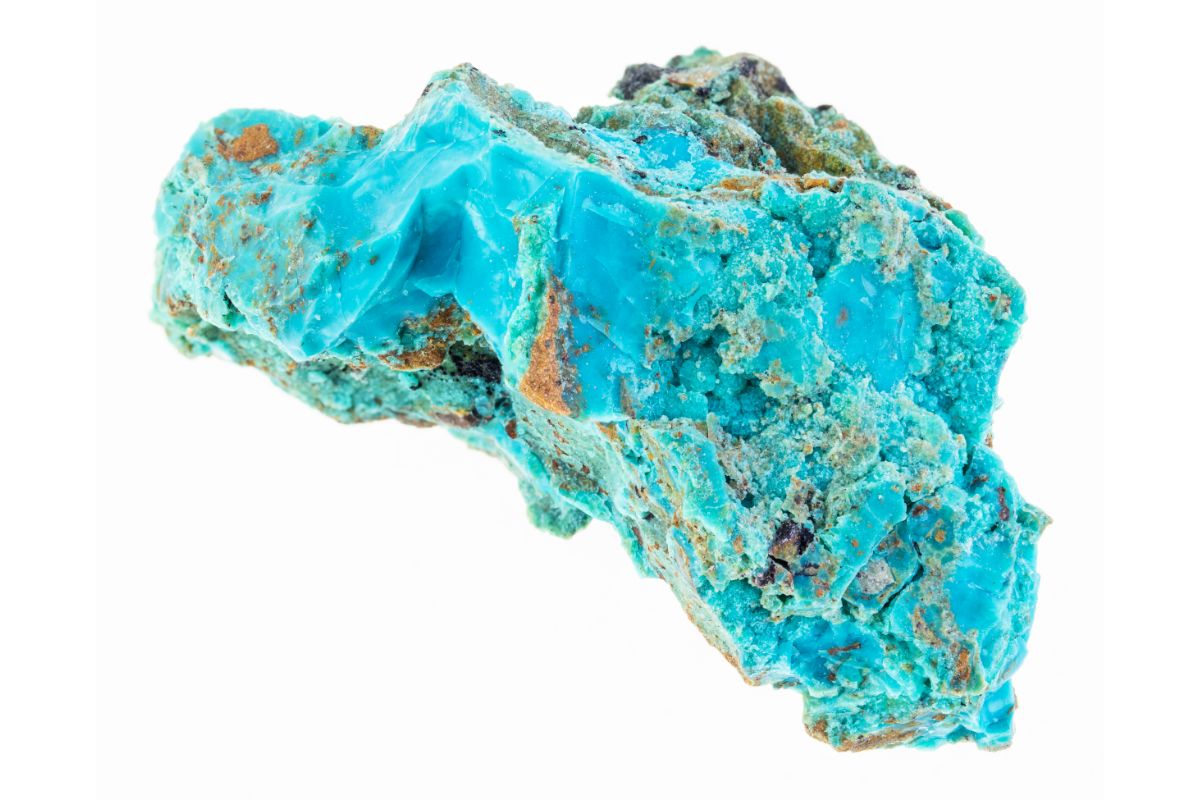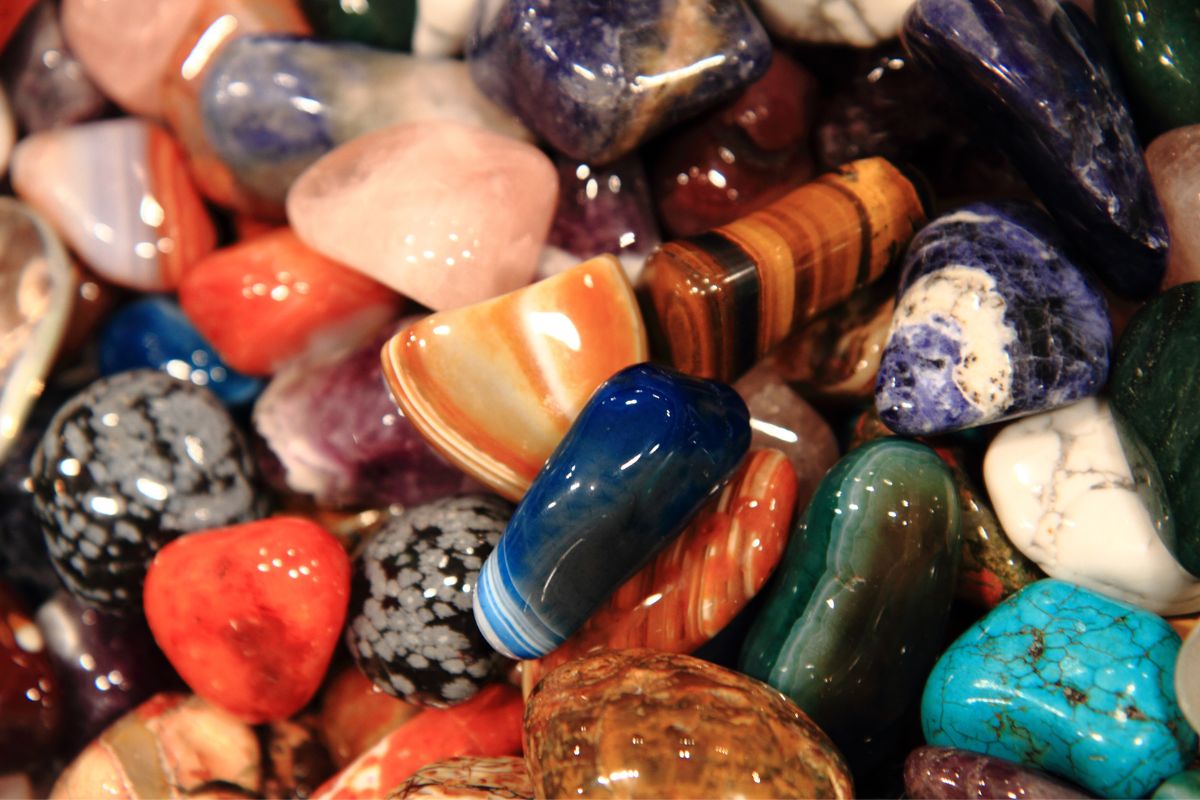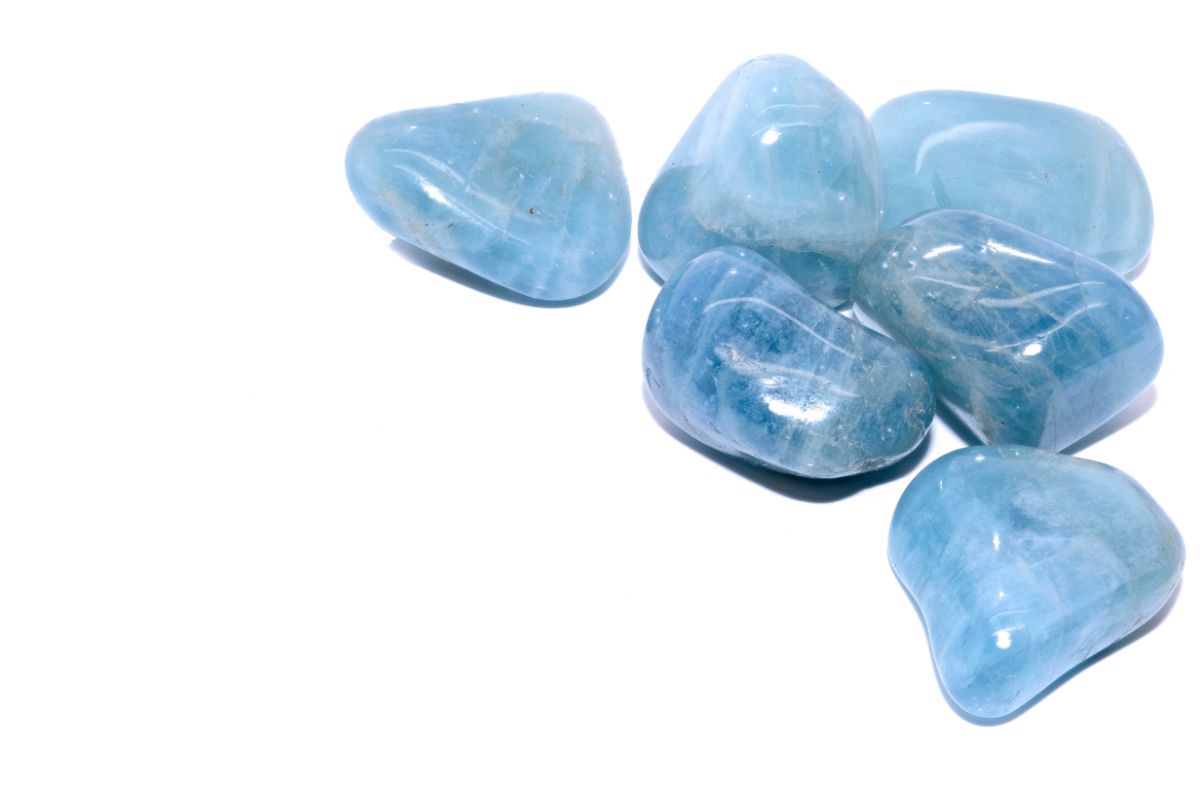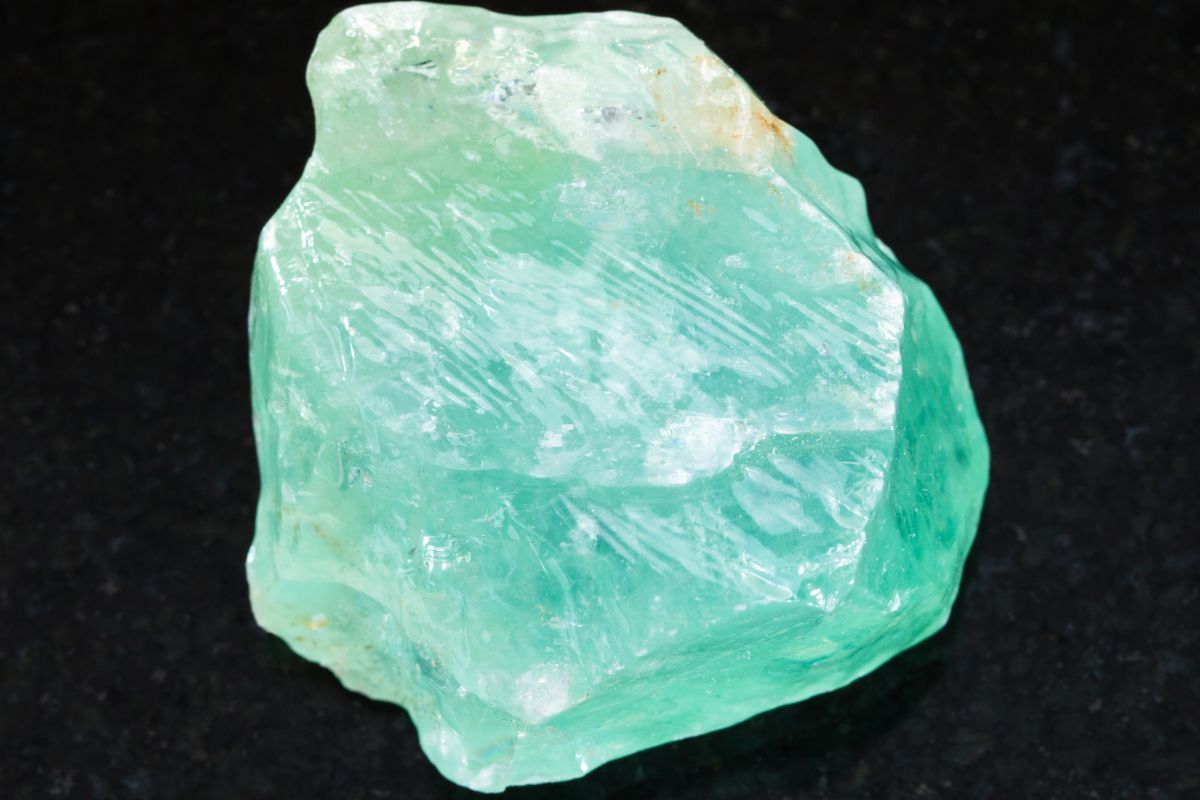Lapis Lazuli and Chrysocolla are two different crystals that have separate meanings in the spiritual world.
This said, Chrysocolla and Lapis Lazuli look very similar to each other so others may be interested in how they can differ from each other in terms of their geology and their spirituality.
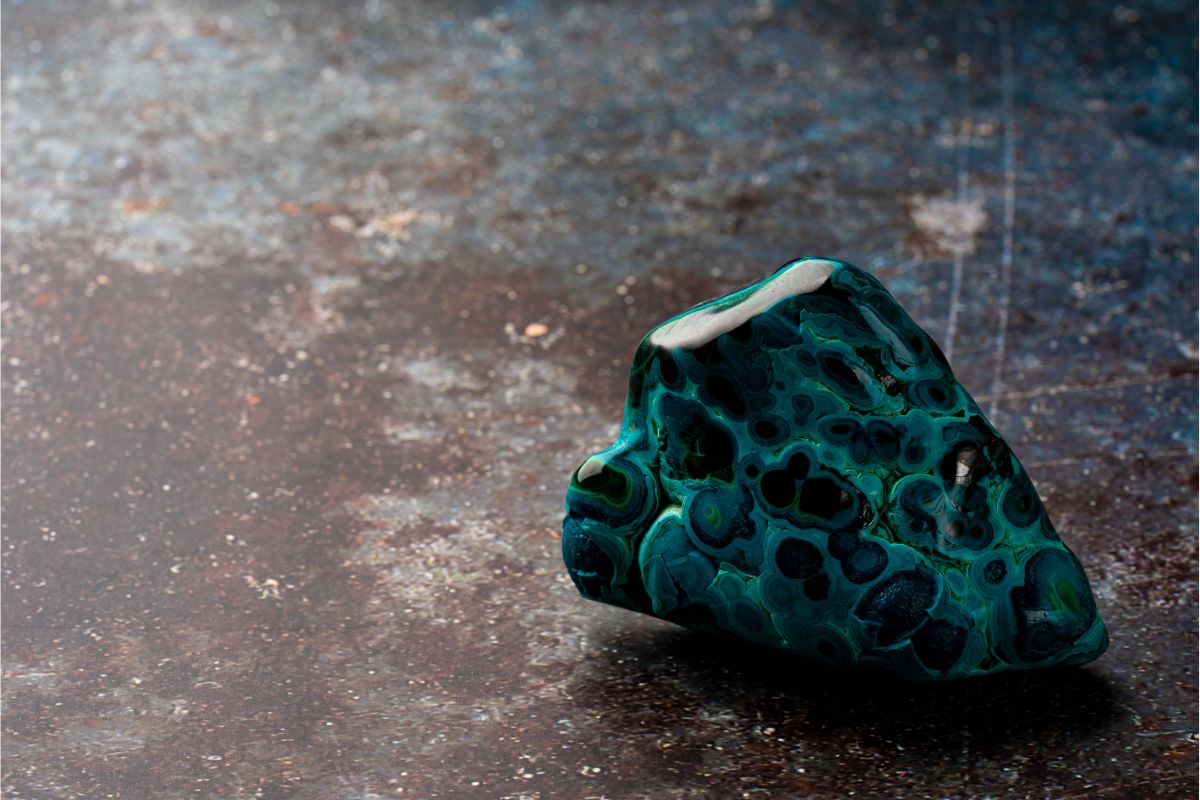
In today’s article we are going to cover both Chrysocolla and Lapis Lazuli, their uses, history, and ultimately what we can learn by comparing the two stones.
Keep reading to learn more about Chrysocolla and Lapis Lazuli and which might be best for your usage.
What Is Chrysocolla?
Chrysocolla is a quite mysterious and interesting crystal that isn’t covered particularly widely in either the geological or spiritual community.
In some circumstances it is a very minor ore of copper with a hardness of 2.5 – 7.0. It is what you would consider a secondary origin mineraloid and it forms in the oxidation zones of copper ore bodies.
For geologists, it is commonly identified as botryoidal or rounded masses and crusts, and has a luster of vitreous to dull.
The color is generally opaque to translucent but is generally what we might call cyan or turquoise, and is rarely yellow.
Interestingly Lapis Lazuli will get its blue color from Lazurite, a mineral it contains lots of, like other crystals, whereas Chrysocolla gets its color from Azurite, most likely, which is a deep blue copper mineral.
There’s no exact understanding of when Chrysocolla was actually first discovered, we can imagine it came around the same time as copper was identified.
This said, ‘Chrysocolla’ as a term was first used by Theophrastus in 315 BC. The name of this crystal actually translates to ‘gold’ and ‘glue’ in Ancient Greek as it was used to solder gold together at points.
Chrysocolla is commonly found with Azurite and Malachite, and can also contain Cuprite. This mineral is often confused with Turquoise because of its similar blue colors.
A 2006 study has suggested that Chrysocolla could be a microscopic mixture of copper hydroxide mineral spertiniite, amorphous silica, and water. Put simply, Chrysocolla occurs in copper veins and is formed by water that contains silica.
What Is Chrysocolla Used For?
As mentioned, there is a practical use to Chrysocolla insofar that it was primitively used to join and solder gold together. In modern usage it is very commonly used in jewelry.
Chrysocolla is quite similar to Turquoise, although some say it’s closer to Cyan, but as Turquoise is quite rare, Chrysocolla is easier to obtain and is used in its place often.
Chrysocolla isn’t understood to be a crystal with a high energy charge like a quartz. Many believe that its role is relaxation, soothing the soul, and inspiring.
In Ancient Egypt it was known as a stone of wisdom, allowing rationality to overcome intrusive and violent thoughts. Cleopatra is thought to have worn a Chrysocolla stone with her wherever she went.
The stone isn’t linked to any zodiac or month of the year, but is often used in conjunction with Turquoise as a December birthstone.
Those who are Chrysocolla will enjoy its benefits of making you feel calm, tranquil, and alleviate arising emotions.
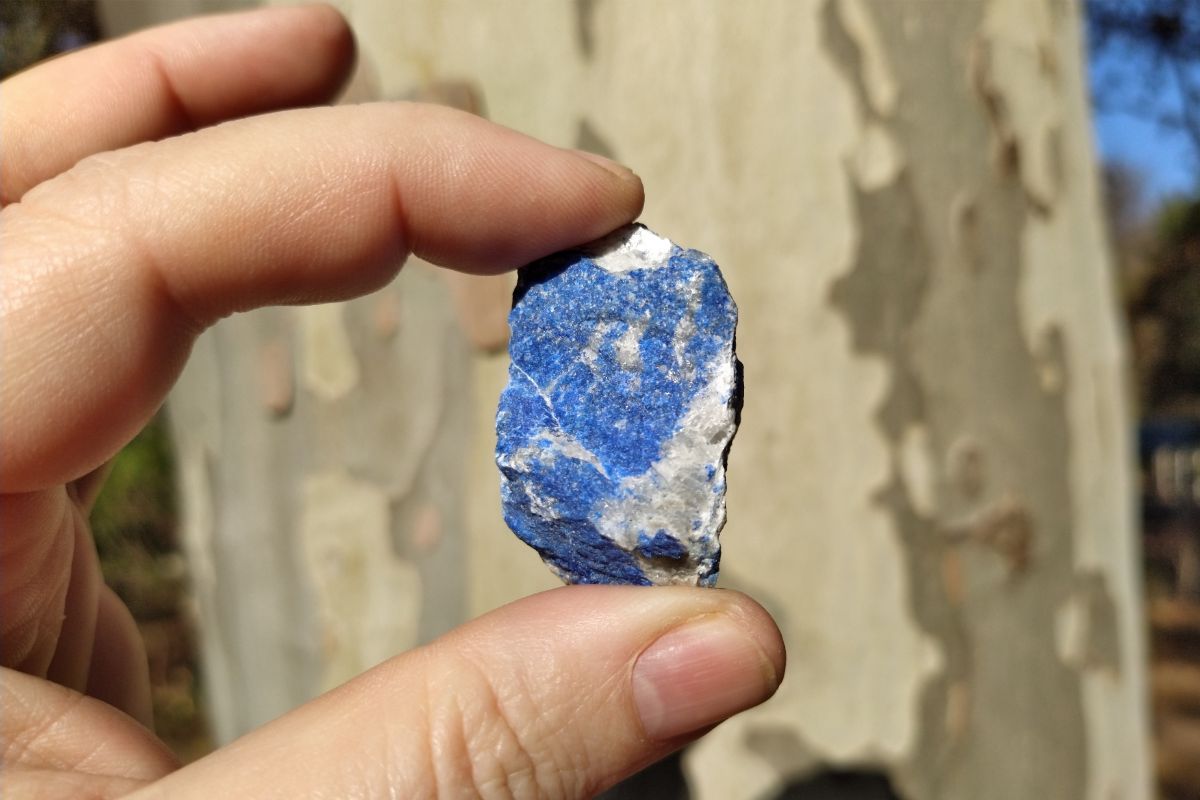
What Is Lapis Lazuli?
Speaking of crystals favored by the venerable Cleopatra, Lapis Lazuli was also a crystal she enjoyed as well as Chrysocolla.
While she might have carried Chrysocolla with her, she was also rumored to have used Lapis Lazuli in her eyeshadow makeup.
Lapis Lazuli is used as a blue dye throughout history, and is perhaps even used in the literal paint of some of history’s biggest works of art.
Lapis Lazuli’s origins are also somewhat unsure but for different reasons than Chrysocolla, mainly because Lapis Lazuli can out date historical records itself.
Lapis Lazuli artifacts have been found at Bhirrana, the oldest site of the Indus Valley Civilization, as far back as 7570 BC and it is understood to be one of the earliest crystals used by humans.
In other ways Lapis Lazuli is quite similar to Chrysocolla in its aesthetics and color. Lapis Lazuli is a darker and richer blue than you might expect of Chrysocolla which has more green involved.
This said, Lapis Lazuli gets its blue color from Lazurite, more on that in a second, but Chrysocolla gets its blue color from Azurite, a deep blue copper mineral, which is as=lso affected by the presence of other minerals.
What Is Lapis Lazuli Used For?
Most people understand Lapis Lazuli as a crystal with high energy and vibrations, many people think this comes from the Lazurite that the Lapis Lazuli is rich in.
Lapis Lazuli is quite versatile in its spiritual usage as it is high energy, this is thanks to the multiple minerals inside it that have multiple spiritual properties.
One thing Lapis Lazuli is considered to be good for is aligning the body, mind, and spirit.
If you are looking to find peace within your body, mind, and spirit, perhaps if you are a jittery or fussy person, then Chrysocolla can be worth combining with Lapis LAzuli.
While the Lapis Lazuli helps balance your body, mind, and soul, the Chrysocolla will help you remain calm during this, and have the celestial wisdom to control urges and intrusive thoughts, perhaps while meditating.
Chrysocolla is not a high energy stone either, so it work well in combination with one of these strong energy stones like Lapis Lazuli
Final Thoughts
As you can see the stones are quite different in how they are used spiritually as well as in practical use too, but the stones can look quite similar.
They suit each other well in certain circumstances and if you are trying to meditate and reach some unity of body, mind, and soul, but find you don’t have the attention or mindfulness, combining these two stones can provide the perfect balance of this trifecta supported by the relaxation and peace Chrysocolla can bring to this equation.
- 15 Crystals That Cannot Be Exposed To The Sun - January 7, 2024
- Malachite Vs Fuchsite – Benefits And Uses - January 7, 2024
- Malachite Vs. Green Jasper: Benefits And Uses - January 7, 2024

